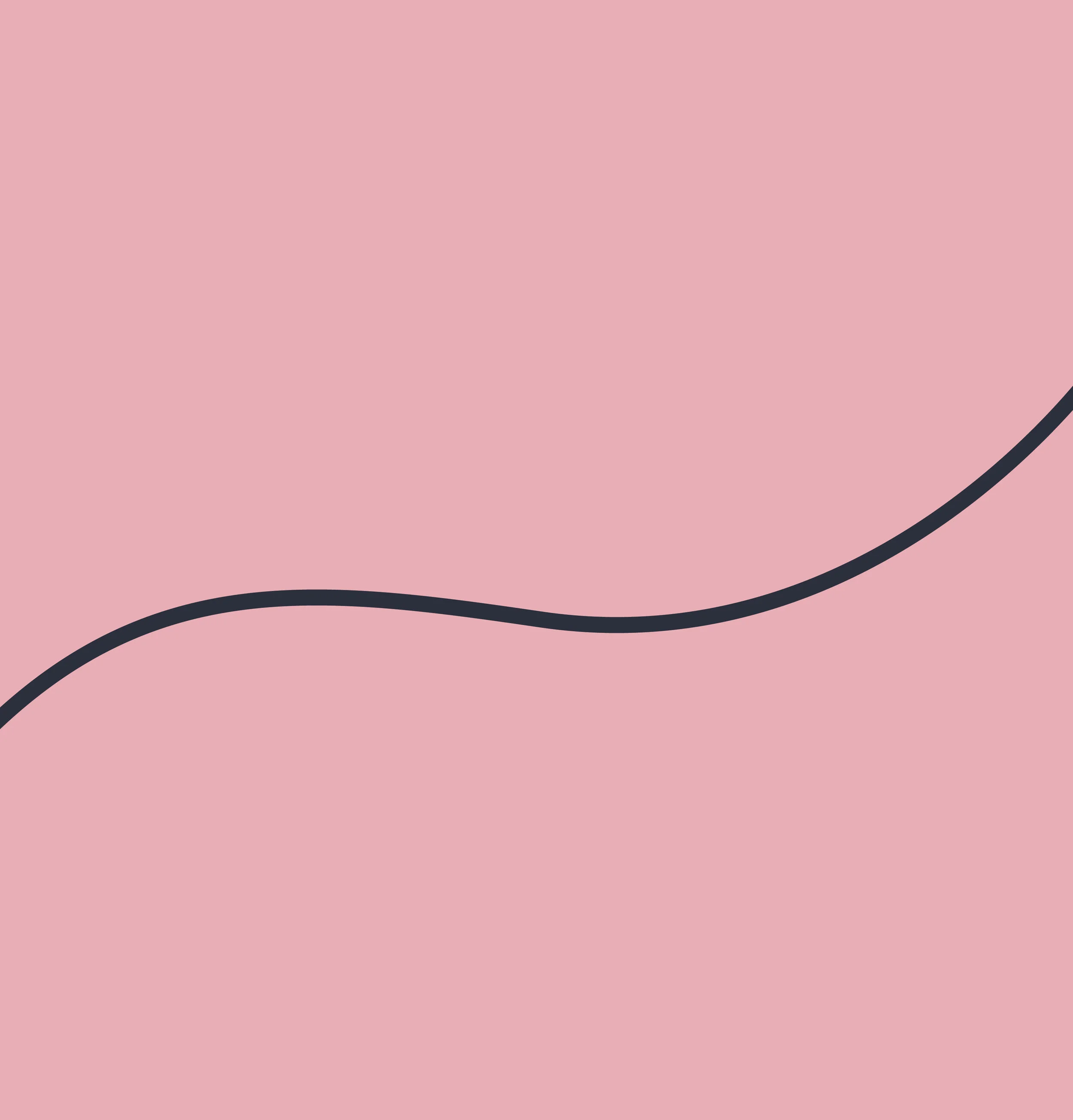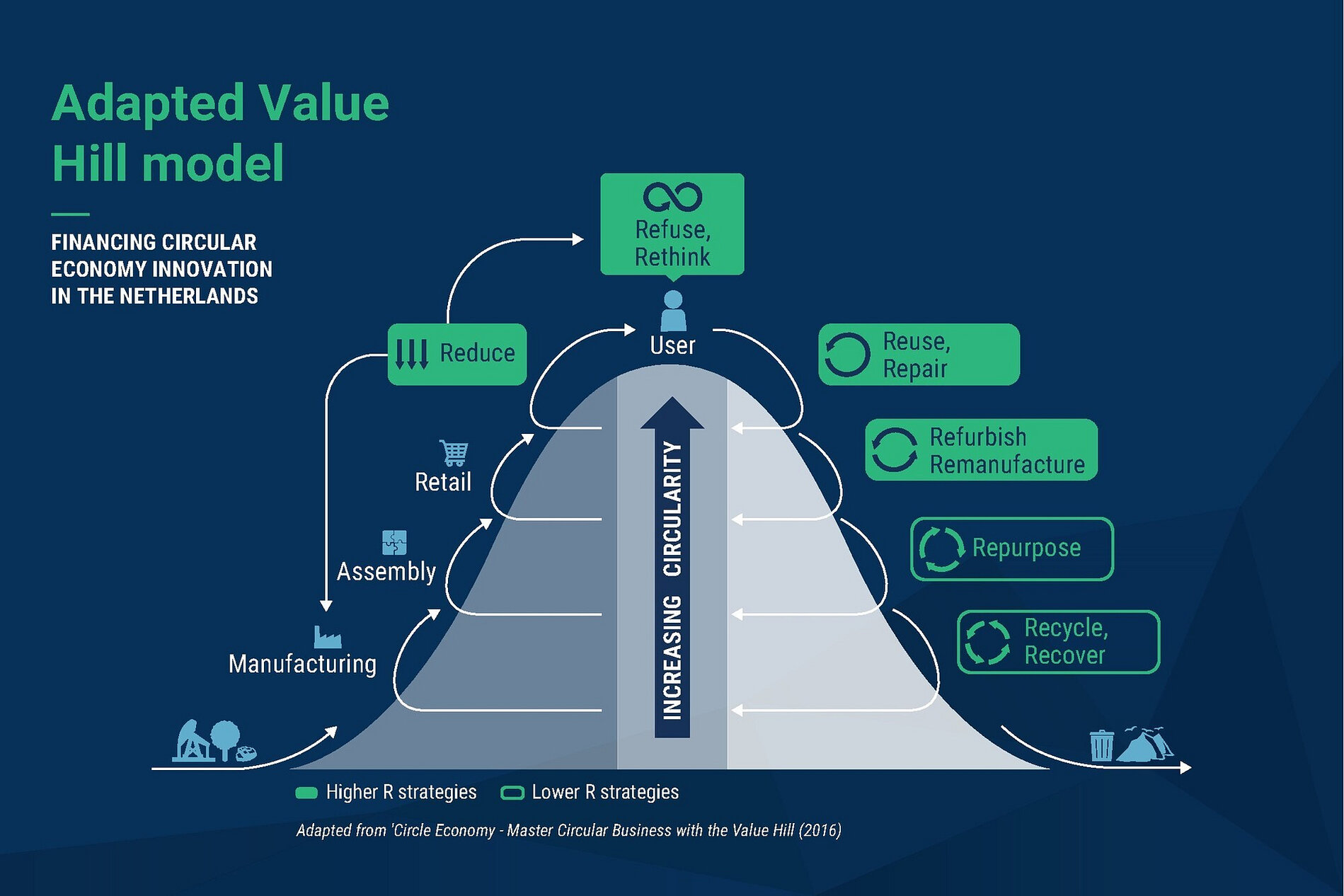Why go
circular?
It is becoming abundantly clear that the existing take — make — waste economic model is unsustainable.
With increases in human population and wealth, we have reached record levels of production, consumption, and waste. This has placed significant pressure on our natural systems, our biodiversity, and our future. Waste from this linear approach is visible in our oceans, soils, cities and communities.
We need to radically redesign our systems to -
Design out waste.
Keep materials in use and inflow.
Regenerate our living systems.
by unlocking our human potential.




![02575_Circularity Brand Extension_02[3] (1)-42.png](https://images.squarespace-cdn.com/content/v1/5ae3bcc0c258b402270153b8/1617612680964-WBBFPJ49YATN4FKH3ZEI/02575_Circularity+Brand+Extension_02%5B3%5D+%281%29-42.png)





















